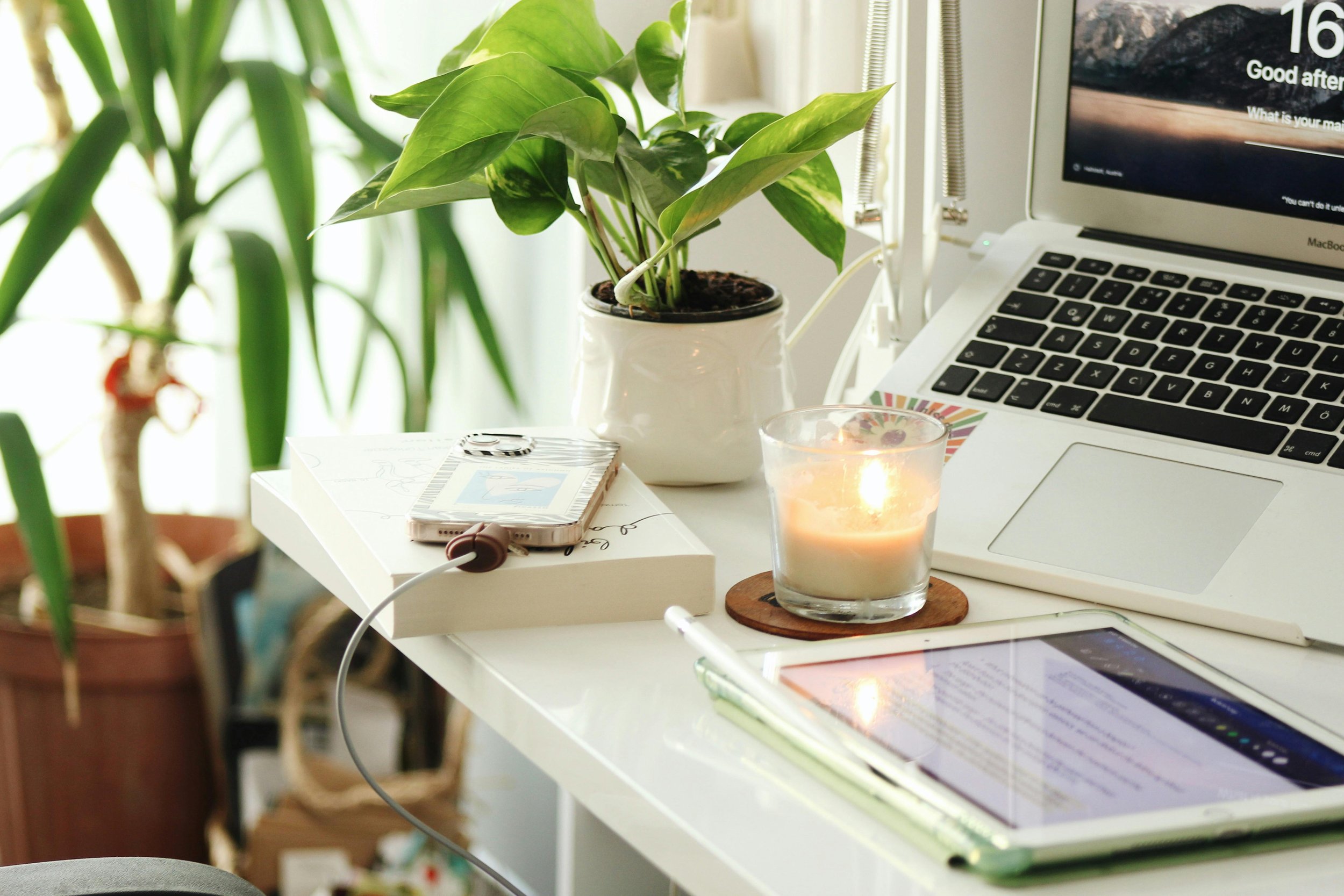2.02 Set up and configure accessories and ports of mobile devices
Introduction
In this lesson, you'll learn about mobile device accessories, like touchpads, webcams, and audio devices. We’ll also talk about how some of these accessories connect to devices, Bluetooth. This knowledge will help you effectively troubleshoot peripheral-related issues when helping users in the future.
Mobile Device Peripherals
Mobile devices can be enhanced with various accessories and peripherals to improve functionality and user experience:
Touchpads, Trackpads, and Drawing Pads: Beyond the built-in touchscreens, mobile devices can use other touch-based input devices.
Touchpad: Typically built into laptops for pointer control, often with multitouch and gesture support.
Trackpad: Similar to a touchpad but usually refers to a larger, external device.
Drawing Pad: A large-format touch device used for digital art, often referred to as a graphics tablet. These devices require careful configuration for gestures, calibration, and sensitivity.
Touch Pens: Styluses offer more precise control than fingers and can be used for handwriting or drawing on touchscreens or drawing pads. They range from small pens for smartphones to full-size ones for tablets and drawing pads, with features like pressure sensitivity, palm rejection, and customizable input options.
Microphones, Speakers, and Cameras/Webcams: Mobile devices come with integrated microphones for audio input and voice calls, speakers for audio output, and cameras for video recording, web conferencing, and taking photos. Laptops often have a microphone next to the camera in the top bezel, while smartphones and tablets have front and rear cameras, with microphones and speakers typically on the bottom edge.
External Audio Accessories: Headsets and earbuds, both wired (using 3.5 mm jacks or USB/Lightning connectors) and wireless (Bluetooth), provide better audio input and output options. Adapters are available for devices without traditional audio jacks, and Bluetooth can also connect to more powerful external speakers.
Understanding these accessories helps enhance mobile device functionality and tailor them to specific user needs.
Expanding Connectivity with Port Replicators and Docking Stations
Mobile devices like laptops, tablets, and smartphones often lack sufficient connection options for peripherals. Port replicators and docking stations provide extra connectivity, allowing these devices to function more like desktops when used at a desk.
Port Replicator: Attaches to a laptop via a special connector or USB, providing additional ports for peripherals such as keyboards, monitors, mice, and network connections. It does not add any extra functionality beyond expanding connectivity.
Docking Station: A more advanced version of a port replicator that may also support add-in cards or drives through a media bay, allowing a portable device to function like a desktop with additional features. Modern "docking stations" often refer to basic port replicators without extra media or card support.
Smartphone and Tablet Docks: Connect a smartphone or tablet to external monitors, speakers, and input devices, effectively turning the mobile device into a desktop-like setup using its USB or Lightning port.
Other Mobile Communications
Bluetooth Wireless Connections provide a convenient way to connect accessories to mobile devices without the need for cables, creating a short-range personal area network (PAN) for sharing data with PCs, printers, wireless headsets, and more.
Enabling Bluetooth: Bluetooth must be enabled through the device's settings menu. You may also want to change the public name of your device to make it easily identifiable.
Pairing Devices: To connect devices via Bluetooth, both devices must be in discoverable or pairing mode. This is typically done through the settings menu or notification shade on mobile devices and the Control Panel or Settings app on Windows. Once in pairing mode, nearby Bluetooth devices will appear on the settings page, allowing users to select and connect. A passkey or PIN is often generated to confirm the connection.
Testing Connections: Once paired, test the connection by using the device—for example, playing music through Bluetooth headphones. If a device fails to connect, ensure both devices are in discoverable mode and verify the devices listed in the pairing menu are valid.
Bluetooth offers a flexible and straightforward method for wirelessly connecting various accessories to mobile devices, enhancing usability and convenience.

Summary
Well done on completing this lesson on mobile device peripherals and connectivity! You've covered how accessories like touchpads, drawing pads, and touch pens enhance device functionality, as well as the roles of built-in components like microphones, speakers, and cameras. You also learned how port replicators and docking stations expand connectivity options and how wireless technologies like Bluetooth facilitate easy data transfer and communication. With this knowledge, you're prepared to move on to the next lesson and further develop your skills in mobile device management. Keep going!









